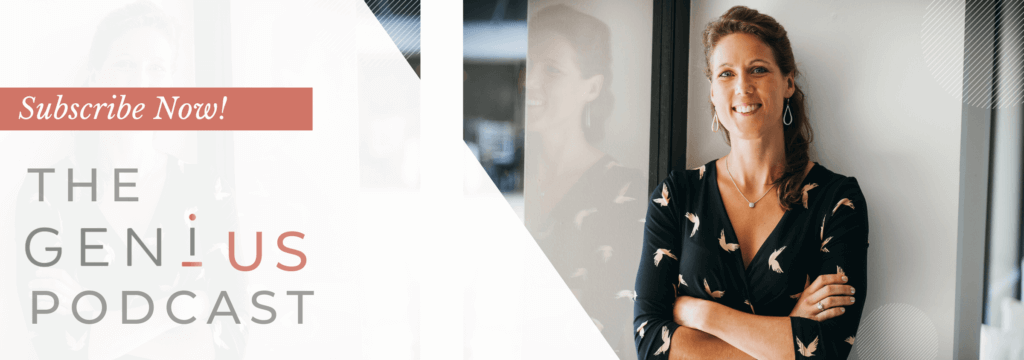Without Control of Your Email Inbox, You’ll Never Get Anything Done.
This is the first of a pair of articles on taking back control of your email inbox. Look out for the next one (it’s now here)!
These days, all of us in business seem beholden to our emails. From the moment we come into the office to the time we leave – and often well into the evening – we’re constantly checking our inboxes, responding to messages, and stressing about the reply that hasn’t yet arrived.
According to one study, on average we check our emails fifteen times a day. In an average working day, that’s once every half an hour. (Think about how often your focus is getting interrupted!) Another recent study found that fifty-eight percent of us check our email first thing in the morning – and often even over breakfast.
It’s not too hard to see why this might raise some problems – for productivity, for concentration, for efficiency. Nowadays, taking control of our email inbox means taking control of our schedules, our personal boundaries, and our time.
Let’s take a look at how you can take control of your email inbox.
Why are We so Obsessed with Our Emails?
We live in a world in which speed is valued as the greatest virtue. When every interaction can be instantaneous, we expect every interaction to be instantaneous. ‘Instant messenger’ as a phrase has been sidelined, as every form of communication has now become ‘instant’.
This attitude has of course infected the way that we think about emails. If we were to compare electronic mail to its actual physical counterpart – in which every message is considered, well-written, and obviously a little slower – we’d be amazed by the impatience with which we manage our emails.
There is something of a bad habit epidemic that’s taken over globally when it comes to email. We give people a couple of hours to reply to an email before we give them a call. We expect instantaneousness from a tool that never presumed to offer such a thing. And when it doesn’t provide, our stress levels rise.
When now we work globally – when colleagues and clients are working when we are asleep – it is no surprise that over half of us eat breakfast over our emails. But to take control of your email inbox, we need to lose our expectation – and our imagined obligation – to instantaneousness. It’s this that makes us so obsessed with our emails.
Why Creating Boundaries Helps Take Control of Your Email Inbox.
I’ve argued before, in my piece on a healthy work-life balance, that a healthy working mindset comes from creating boundaries. In a world in which responding to emails actually stresses us out, you need to create boundaries and expectations around your emails to protect your health and productivity.
To continue the comparison with actual mail, Tim Ferriss talked about his practice of batching his post. When his post arrives, he’d pile it up and schedule a moment in the week to look through it all.
Rather than having email notifications pinging into your phone at all hours – when you’re out and about, or even in bed – creating the exclusive space dedicated to your emails provides a greater clarity.
With emails arriving in your inbox throughout the day, the point of control – for you – is the moment at which you open your inbox. One of the practices that I’ll suggest in my next article is to batch your emails. Rather than refreshing those emails fifteen times a day (fifteen!), putting aside two moments in the day to check your inbox will free up so much of your time.
And it will allow you to dictate your to-do list, rather than those emails dictating it for you.
When you create the boundaries around the time you intend to spend on your emails, you decide the amount of energy that you want to give to them. And there is absolutely no obligation to give them all you have.
Protect Your Own Time to Think.
We’ve said that we expect an instant response from everyone – and that everyone expects an instant response from you.
However, the fixation with instantaneousness is something that you need to let go of. People in work have things to do. And giving yourself the space to get on with this stuff is essential.
That’s why I suggest to all of my clients the idea of protected time – time which is yours alone. It’s time when you’ll get on with things that you need to get on with. When you’ll turn off all notifications – and that includes email. When you’ll ensure that you are left alone.
You need to schedule protected time – and establish boundaries around it. And whilst there will be teething pains – interruptions, etc – the benefits of this are huge. You’ll appreciate the focused and immersive work that gets things done. And you’ll encourage your team to leave each other alone for a moment.
You don’t need to be available all of the time. This should be your mantra.
And the same applies to email. We need to let go of the sense of urgency we have with our inbox. It’s a question of mindset. Protected time helps you regain control of your email inbox by putting it back in the place where it belongs.
Don’t Waste Your Time on Email when You’re Most Productive.
The trouble with beginning your day with emails is that you waste your best time of the day being stressed by them.
At the Inbound Conference I attended in the summer, Daniel Pink was discussing his recent research into mood and energy levels throughout the day.
These spike at and just after breakfast – at exactly the times at which you are worrying about your emails. Give your protected, email-free time to those moments at the beginning of the day – and get the most complex tasks out of the way.
Pink, by the way, suggests that the best time for general administrative tasks – and includes your email – is after lunch, when you slump. Schedule time then in which to catch up on whatever has come through in the morning.
If you are looking to make change in your work and life, but just now sure HOW?
Check out the HOW Skill Set, the tools I use – and teach – to show you HOW to make change happen with ease!





